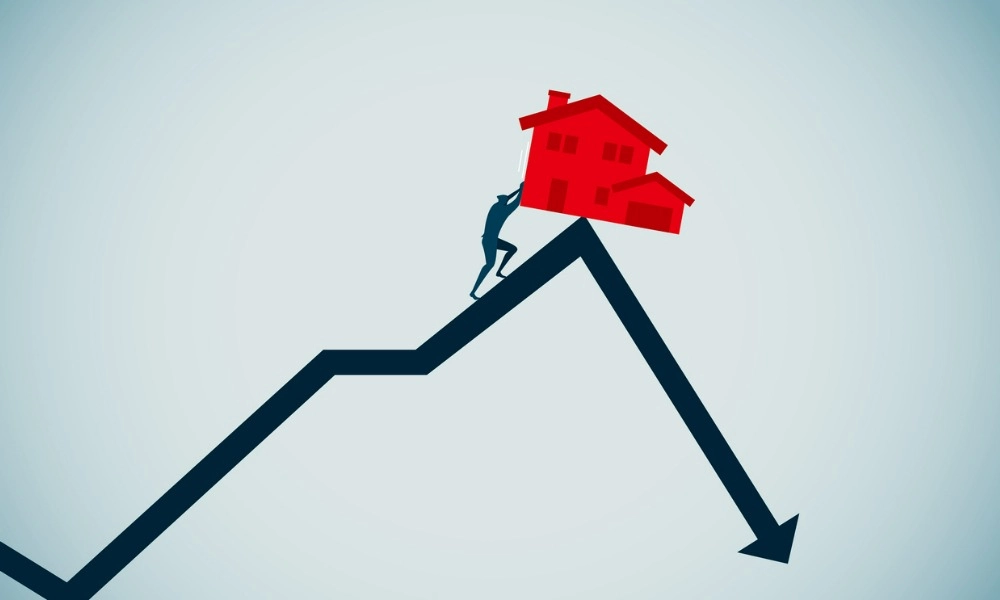What happens when property values plummet across a nation? Why are real estate markets experiencing such significant losses? How does this impact homeowners, investors, and the economy at large? These questions have become increasingly relevant as Turkey's real estate sector faces a staggering decline in market values, with losses surpassing $25 billion. This article delves into the causes, consequences, and potential solutions for this crisis.
The Scale of the Crisis: $25 Billion in Lost Value
The Turkish real estate market has witnessed a dramatic drop in property values, with losses exceeding $25 billion. This decline is primarily attributed to economic instability, fluctuating currency rates, and shifting government policies. For instance, many homeowners who purchased properties at peak prices now find their assets worth significantly less, leading to financial strain.
A real-world example can be seen in Istanbul, where luxury apartments that once sold for $1 million are now valued at $600,000 or less. This 40% depreciation has left many investors grappling with substantial losses and uncertain futures.
Economic Factors Driving the Decline
Several macroeconomic factors have contributed to this downturn. Inflation, currency devaluation, and rising interest rates have eroded purchasing power, making it difficult for buyers to enter the market. Additionally, stricter mortgage regulations have reduced demand, further depressing prices.
For example, the Turkish Lira's volatility has made foreign investors wary, as their returns are often wiped out by exchange rate fluctuations. This has led to a significant reduction in foreign capital flowing into the real estate sector.
Government Policies and Their Impact
Government interventions, such as changes in property taxes and zoning laws, have also played a role. While some policies aim to stabilize the market, others have inadvertently exacerbated the decline. For instance, sudden increases in property taxes have forced many owners to sell at a loss, flooding the market with inventory and driving prices down further.
A practical example is the recent hike in capital gains taxes on property sales, which has discouraged long-term investments and prompted a wave of panic selling.
The Ripple Effect on Homeowners and Investors
The decline in property values has had far-reaching consequences. Homeowners who relied on their properties as retirement savings now face financial insecurity. Investors, particularly those with leveraged positions, are struggling to cover their losses, leading to a credit crunch in the sector.
For instance, small-scale investors who borrowed heavily to purchase multiple properties are now underwater, owing more than their assets are worth. This has led to a spike in loan defaults and bank repossessions.
Potential Solutions and Future Outlook
While the situation is dire, there are steps that can be taken to mitigate the damage. Government stimulus packages, tax incentives, and relaxed mortgage rules could help revive demand. Additionally, attracting foreign investors through stable policies and favorable exchange rates may inject much-needed capital into the market.
A practical application of this is seen in some emerging markets where governments have introduced golden visa programs, offering residency in exchange for real estate investments. Such initiatives could help stabilize Turkey's market.
Conclusion: Navigating the Crisis
The $25 billion loss in real estate value is a wake-up call for policymakers, investors, and homeowners alike. Understanding the root causes and implementing strategic solutions is crucial for recovery. While the road ahead may be challenging, proactive measures can help restore confidence and stability in the market.






